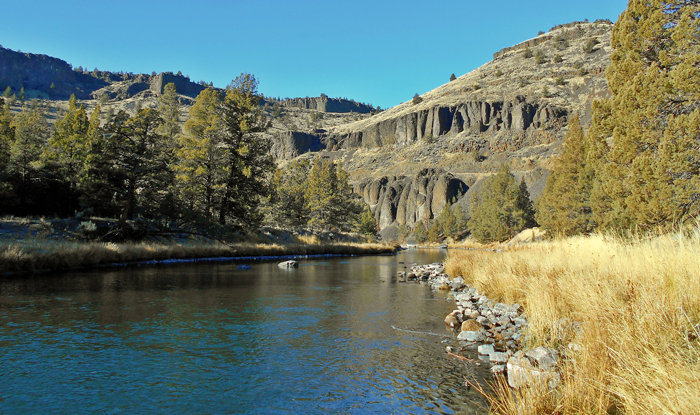
CAMP CREEK PAIRED WATERSHED STUDY
The purpose of the Camp Creek Paired Watershed study was to quantify the impact – on a watershed scale – of juniper control on the availability of water (quantity and timing) for beneficial uses (water quality, fisheries, irrigation, recreation, etc.) as defined by Oregon State Statute.
Two neighboring watersheds with similar characteristics were identified to analyze the effects of juniper removal. One watershed was left as-is and the other was cleared of western juniper <140 years of age. Results indicated that the treated watershed experienced: 1) increased late season spring flow (225%), 2) increased days of recorded ground water (41 days on average), and 3) increased availability of late season soil moisture.
Conclusion: removal of juniper and subsequent re-establishment of historical native shrub/grass plant community improved soil and water infiltration, reduced overland flow and soil loss making more water available for groundwater recharge and sustained spring flow.
CROOKED RIVER WATERSHED STUDY
The Crooked River Watershed Study was prepared by CSR Natural Resources Consulting, Inc., in 2009. The study contrasts the management of western juniper of the past with an emerging ecologically based, landscape-scale approach that addresses the site-specific treatment needs of watershed in which juniper has encroached or is in the process of in-fill.
The report details the geologic history, climate, soils, and potential and current vegetation of the Crooked River Watershed of Central Oregon. Included is a review of juniper control efforts conducted over the past 60 years. A discussion of the emerging science, ecological principles and landscape-scale approach to watershed prioritization is intended for use in developing a strategy for the enhancement of the semi-arid watersheds of Oregon.


